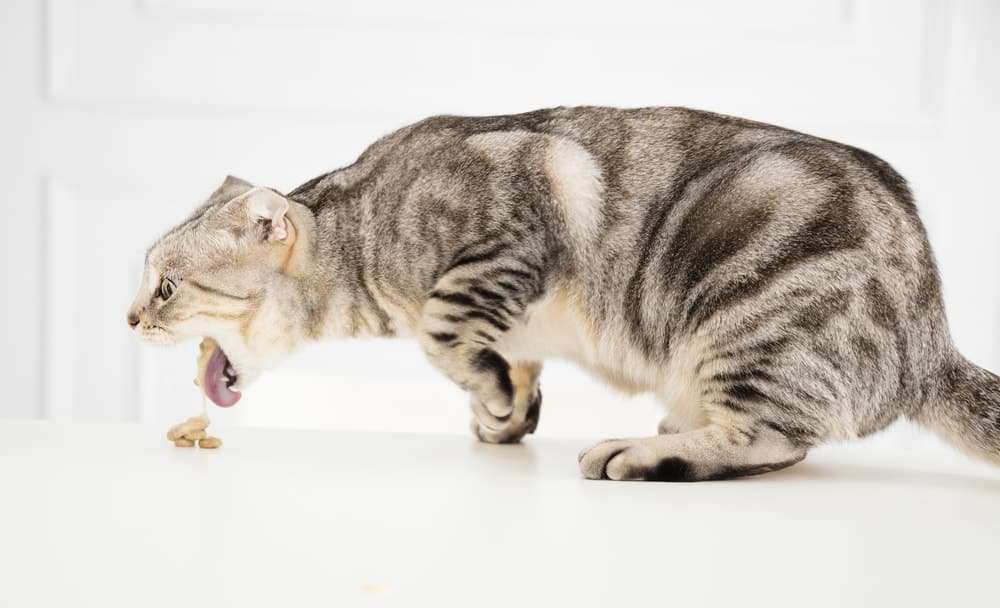Beans are a popular staple throughout the world, used in many dishes, and enjoyed for their flavor and high protein content. While the most popular beans tend to be black beans, soybeans, and pinto beans, other beans do exist and are well-liked, like lima (or butter) beans. If you’re a fan of lima beans and cook with them often, you might wonder if these legumes are safe for your kitty.
Can cats eat lima beans? The good news is that if your cat has recently snagged a lima bean or two from your meal, they should be absolutely fine. However, lima beans aren’t a wonderful addition to a cat’s diet for a few reasons. Read on to learn why.
Are There Health Benefits to Giving Cats Lima Beans?
There aren’t really any health benefits to feeding your cat lima beans. While this food is high in protein, it won’t really provide your pet with a boost of protein or nutrition. This is because felines are obligate carnivores meaning that they have dietary requirements that only meat can provide.

Cats get most of the nutrients they need from meat and need to eat meat to survive. While Lima beans have protein, this doesn’t necessarily mean that the protein is useful to a cat, as this depends on digestibility.
That doesn’t mean your cat might not enjoy the occasional lima bean as a treat (although chances are, they’ll be more likely to play with it than eat it). But there are some caveats to giving this food to your pet.
Are There Drawbacks to Feeding Lima Beans to Cats?
Too many Lima beans going through your cat’s system is likely to cause some gastrointestinal upset as their body struggles to process them. In addition, if your cat fills up on Lima beans they are less likely to eat more nutritious foods which could lead to nutritional deficiencies over time.

Important Things to Know About Lima Beans
While cooked lima beans are not toxic to your kitty if they grab one off your plate, raw and uncooked ones are. Uncooked lima beans contain something called linamarin; when eaten by humans it turns to cyanide which is very toxic. For this reason uncooked lima beans are considered toxic to cats although no studies exist.
While chances are your cat probably wouldn’t eat enough uncooked lima beans to cause anything other than stomach upset, there’s still a possibility cyanide poisoning could occur. Cyanide poisoning in animals can show up as restlessness, rapid breathing, and drooling. It is vital to get your pet to the vet if your cat is unwell.
So, never feed raw lima beans to your pet. But when cooking them, remember that beans should be plain with no seasonings. Some seasonings, like onion and garlic, are toxic to our pets, while other seasonings will simply cause stomach upset.
Final Thoughts
While you shouldn’t be alarmed if your cat steals a lima bean or two from your dinner plate, there are no nutritional benefits to feeding lima beans to your cat. While cooked lima beans are unlikely to cause problems in very small quantities, you should be careful when giving them this food. Lima beans should always be cooked, as uncooked beans are probably toxic and should always be plain to avoid toxic seasonings. As long as you follow those guidelines, though, your cat should be fine.
Featured Image Credit: Alvaro German Vilela, Shutterstock












